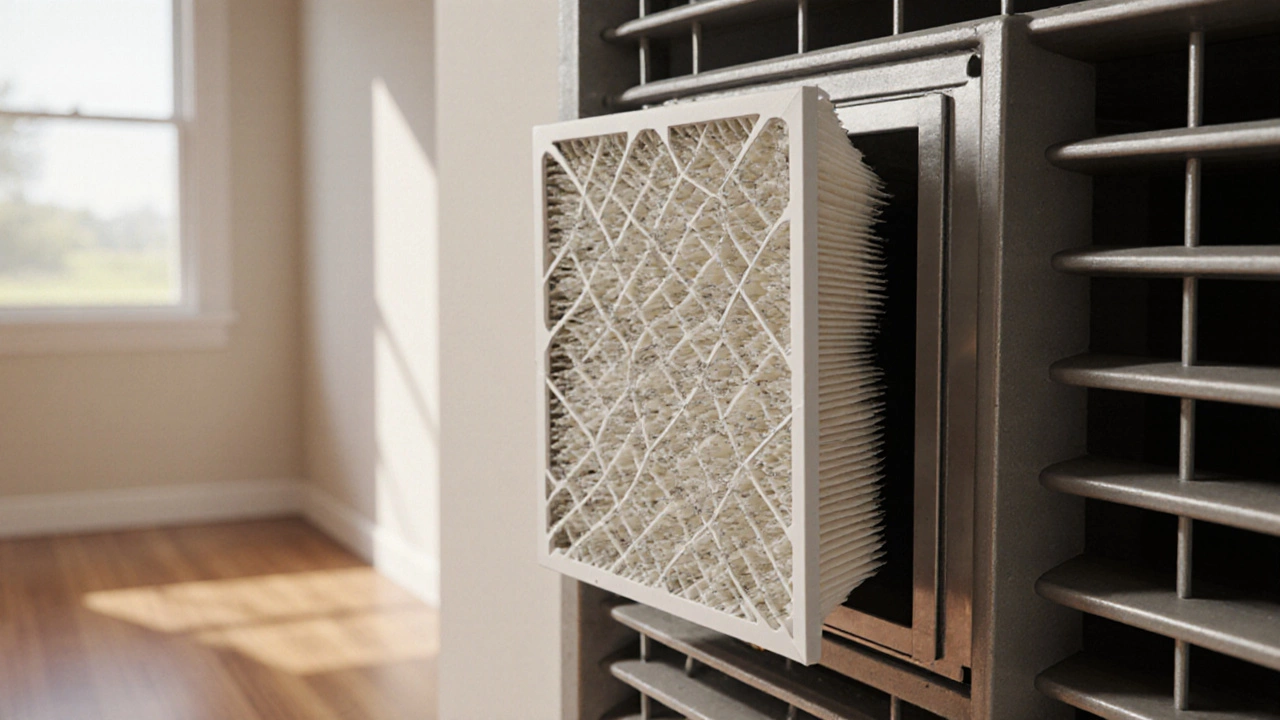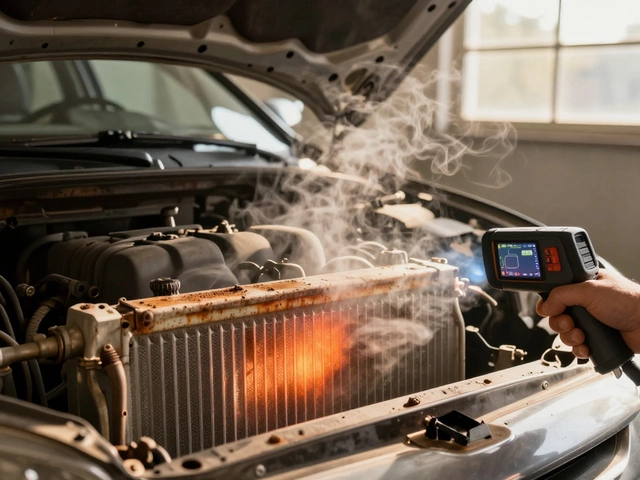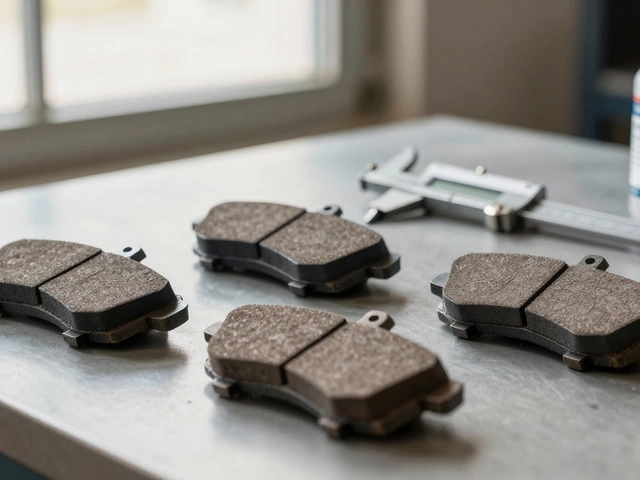Furnace Filter: What It Is, Why It Matters, and What You Need to Know
When you think of your home’s heating system, you probably think of the furnace turning on in winter. But the real hero? The furnace filter, a simple component that traps dust, pollen, and airborne particles before they circulate through your home. Also known as an HVAC filter, it’s not just a piece of mesh—it’s the first line of defense for your air quality and your furnace’s lifespan. Most people don’t realize how much this tiny part affects everything: how clean your air feels, how loud your system runs, even how high your energy bill climbs.
A furnace filter doesn’t just protect your lungs—it protects your furnace. Dust buildup on the blower motor, heat exchanger, or ductwork forces the system to work harder. That means more wear, more breakdowns, and higher repair bills. A clogged filter can even cause your furnace to shut off entirely in cold weather. You wouldn’t drive a car with a dirty oil filter, so why ignore the one in your home? The right filter keeps airflow smooth, reduces strain on components, and helps your system last longer.
Not all furnace filters are the same. There are fiberglass ones, pleated paper, electrostatic, and even high-efficiency models rated by MERV. MERV stands for Minimum Efficiency Reporting Value—higher numbers mean better particle capture, but they also restrict airflow if your system can’t handle it. Most homes do fine with a MERV 8 to 13 filter. If someone in your house has allergies, go higher. If your furnace is older or low-powered, stick to lower ratings. The key is matching the filter to your system, not just buying the most expensive one on the shelf.
And timing? Change it every 1 to 3 months. If you have pets, live in a dusty area, or run your heat nonstop in winter, check it monthly. A dirty filter looks gray and feels stiff. If you can’t see light through it, it’s time to swap. Skipping this step doesn’t save money—it costs you more in energy, repairs, and health.
You’ll find plenty of posts below that dig into exactly how to pick the right filter, how to install it without mess, what happens when you forget, and how air quality connects to your overall home comfort. Whether you’re a first-time homeowner or just tired of sneezing every time the heat kicks on, these guides give you the facts—no fluff, no jargon, just what works.

What Is the Most Commonly Used Filter in an HVAC System?
The most commonly used filter in an HVAC system is the furnace filter. Learn what type most homes use, how MERV ratings work, when to change it, and what happens if you don't.
CONTINUE READING








